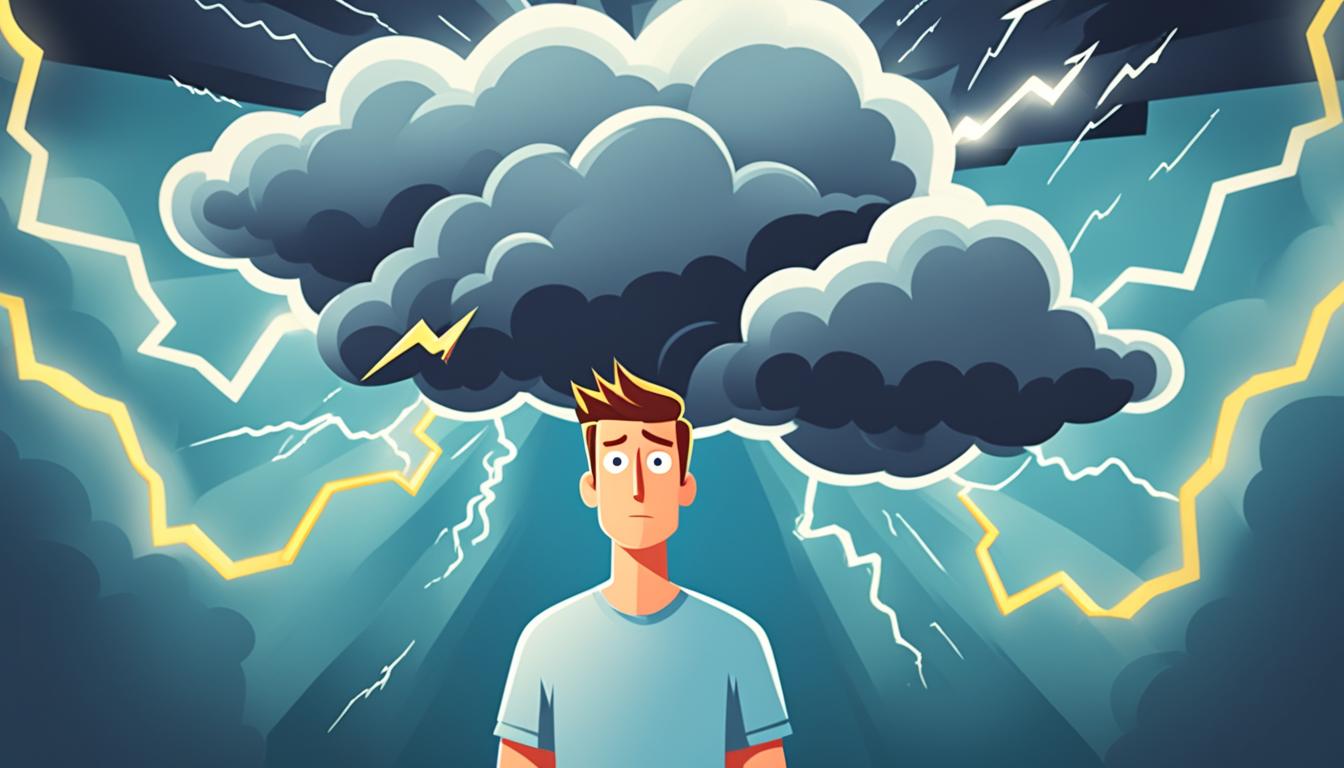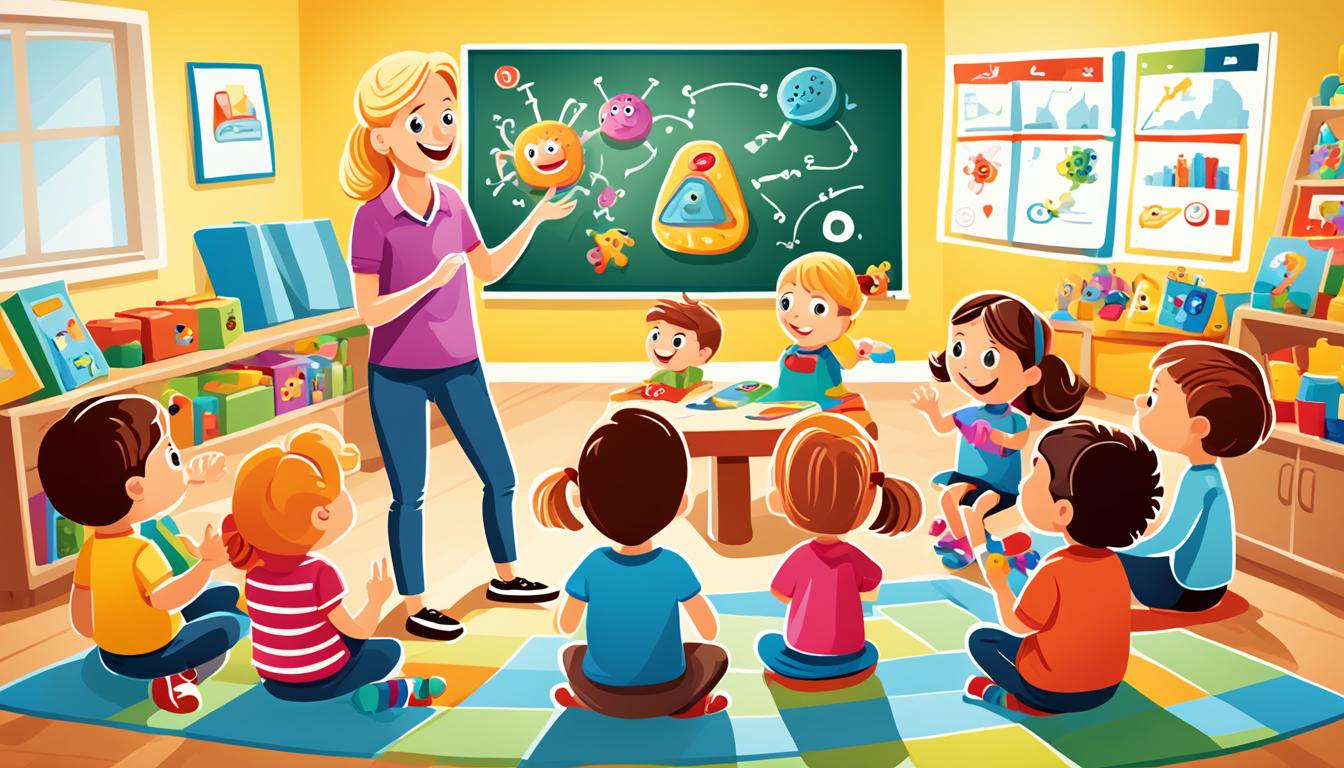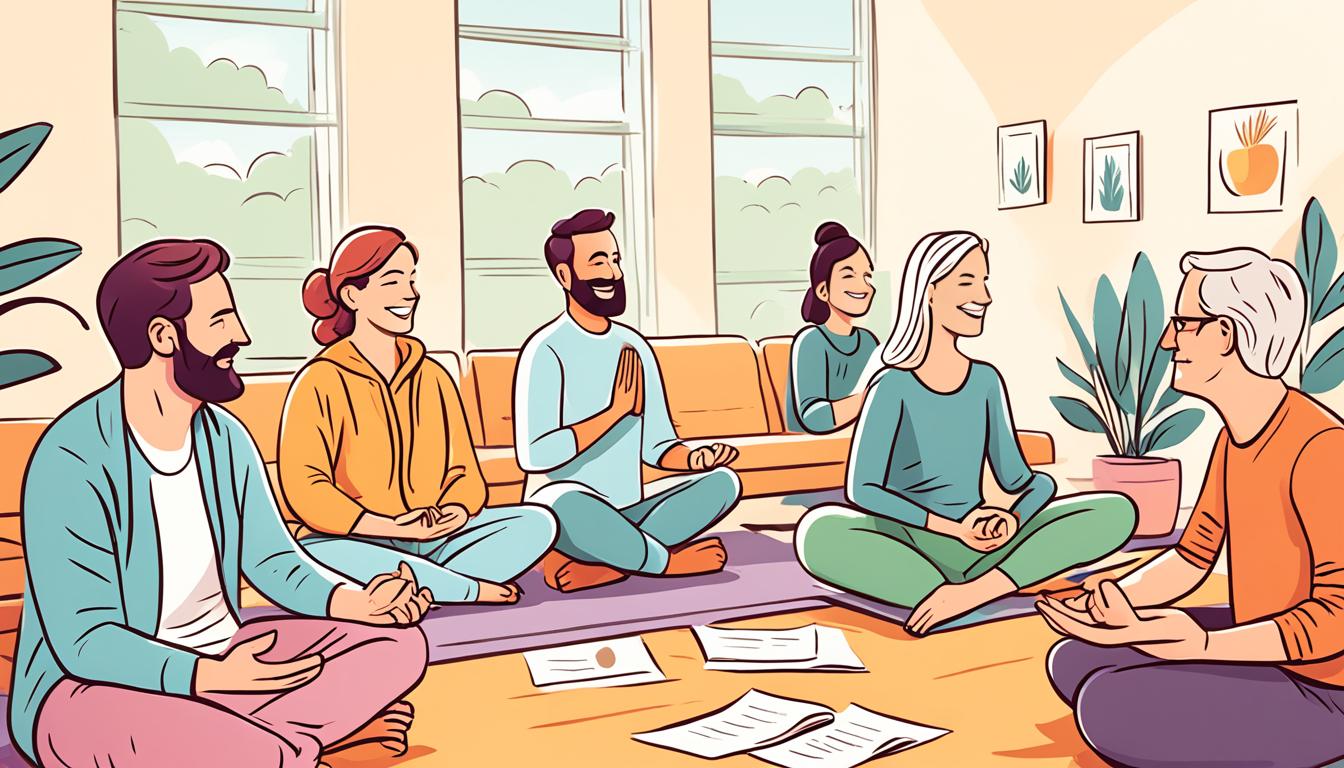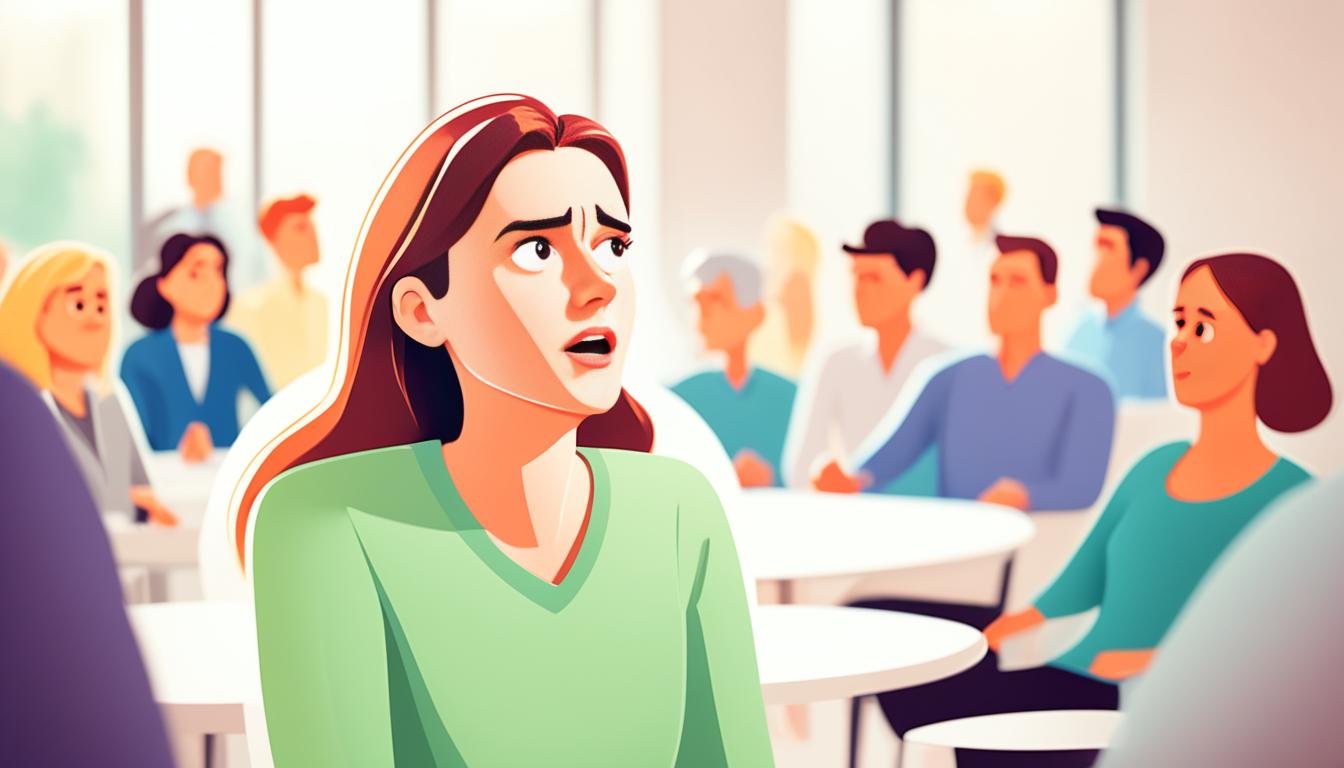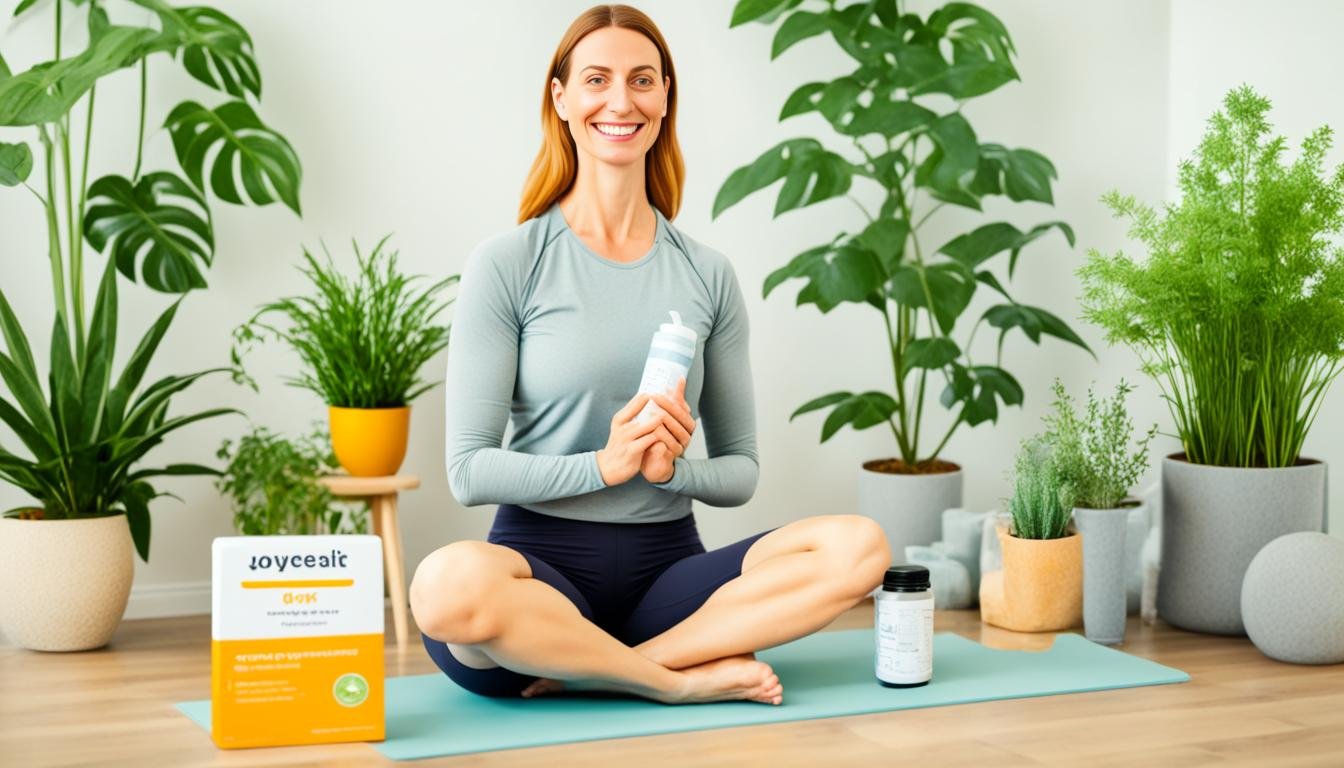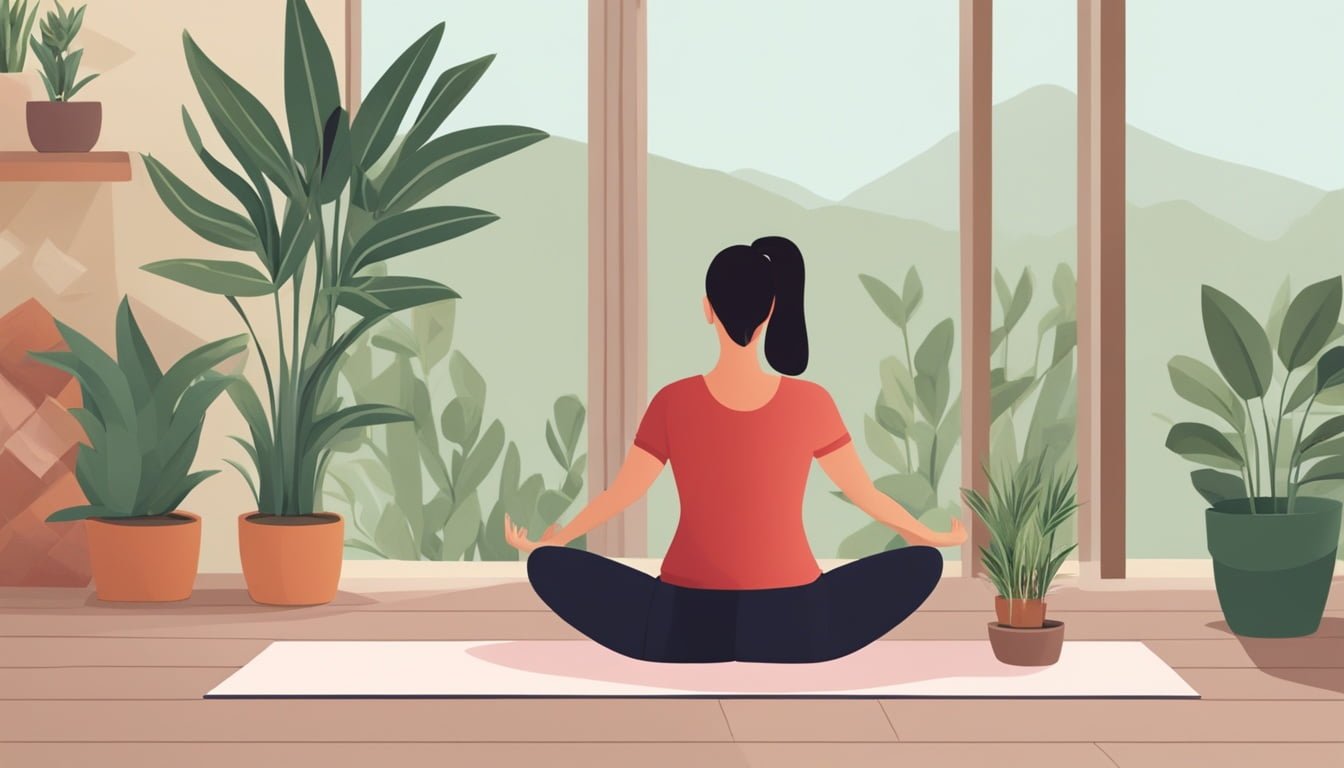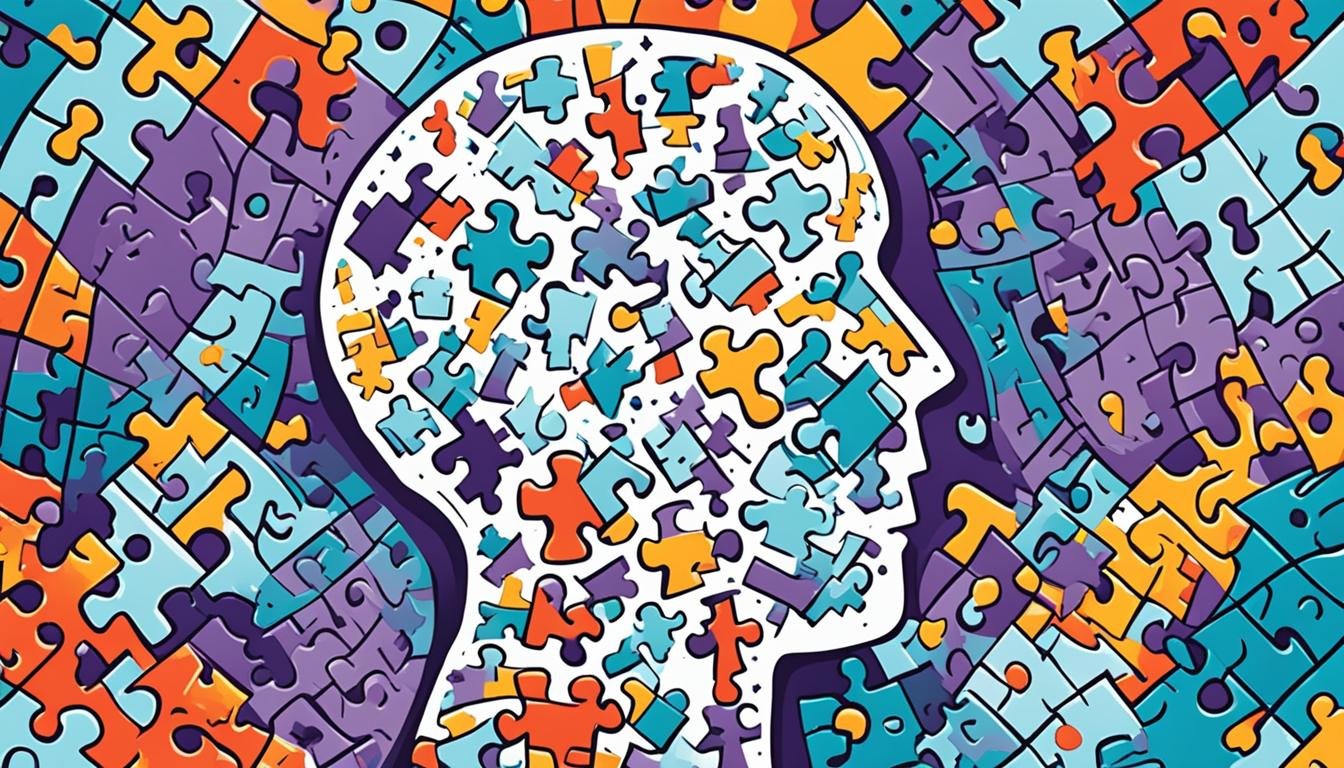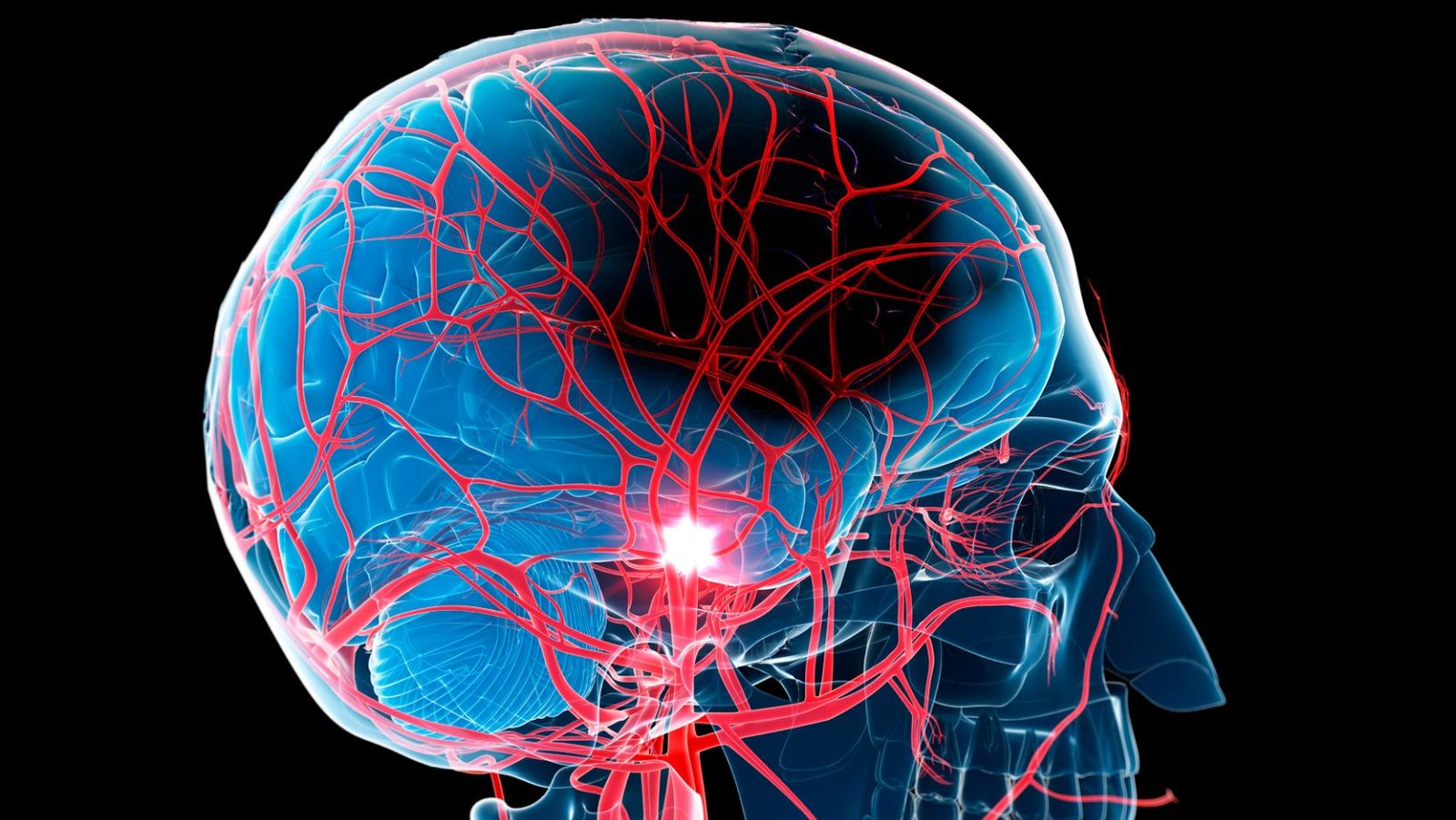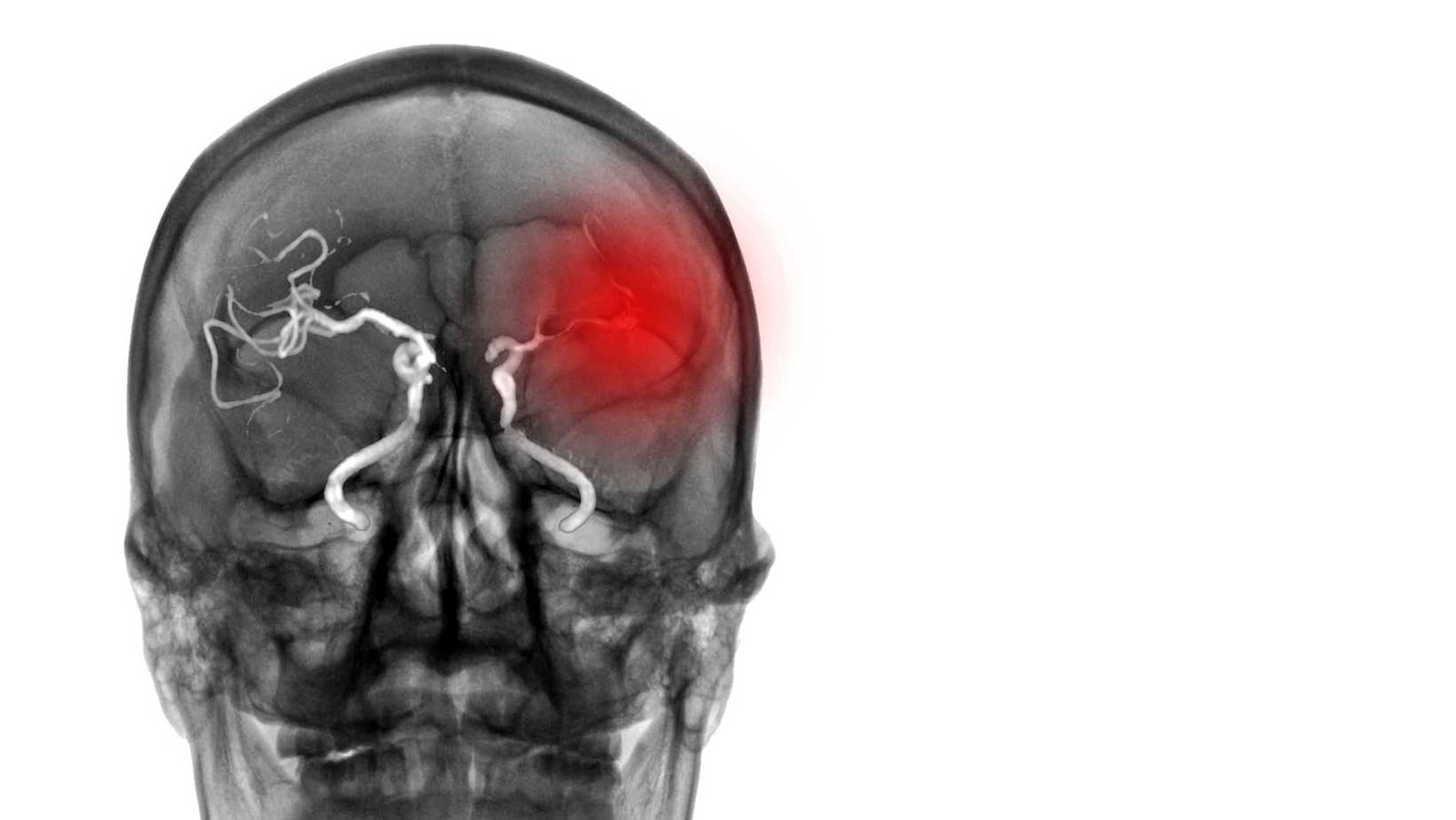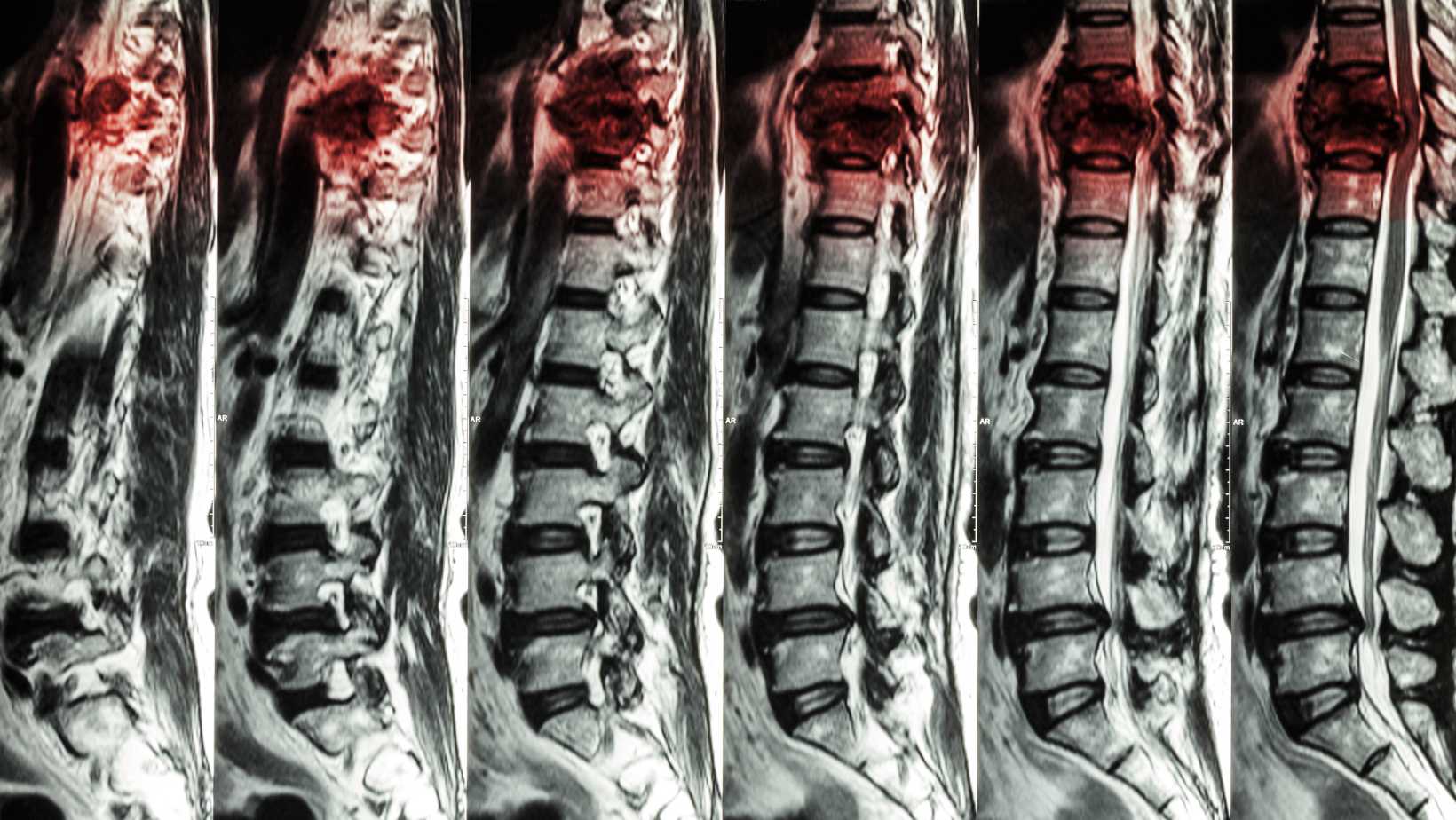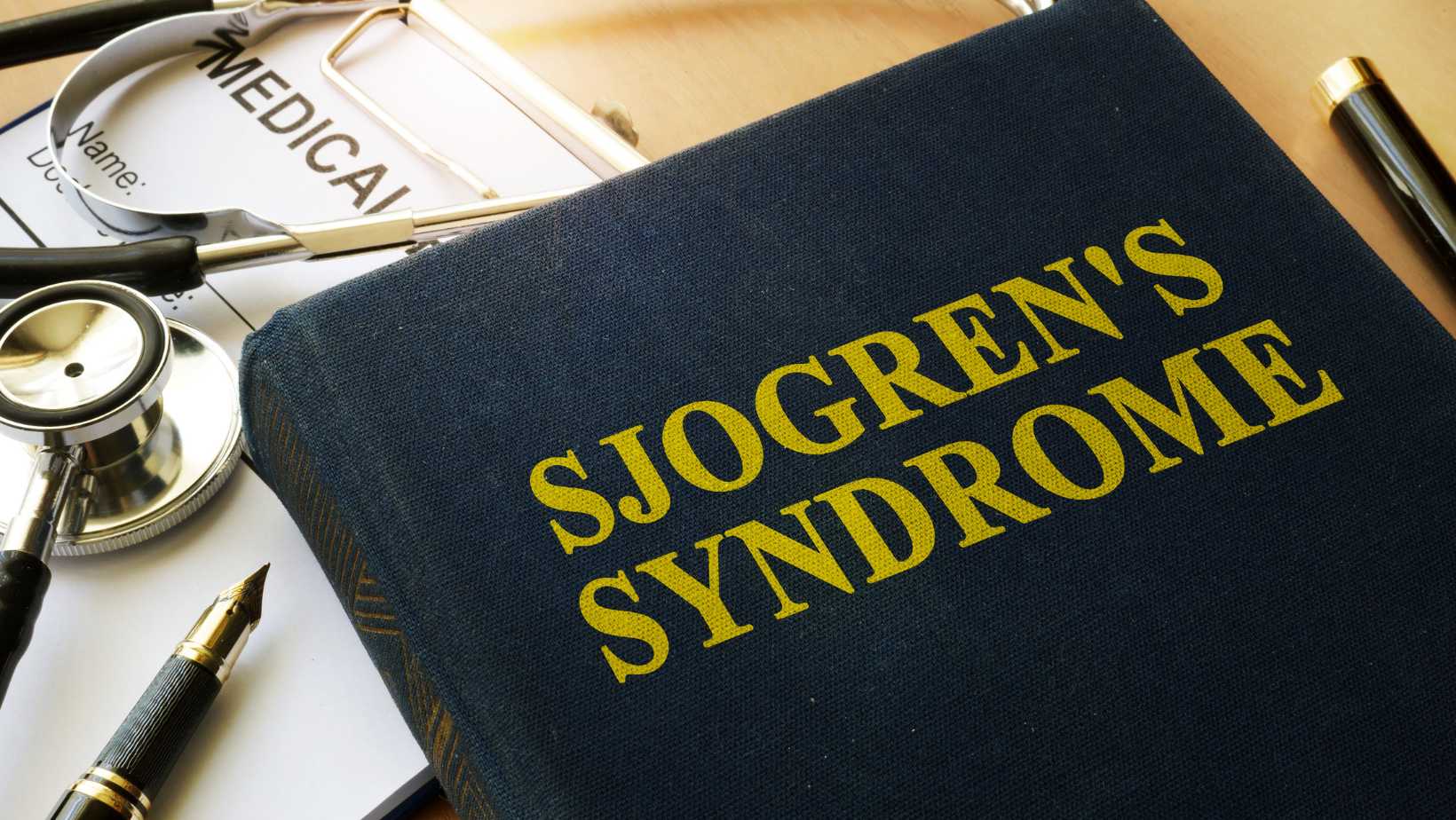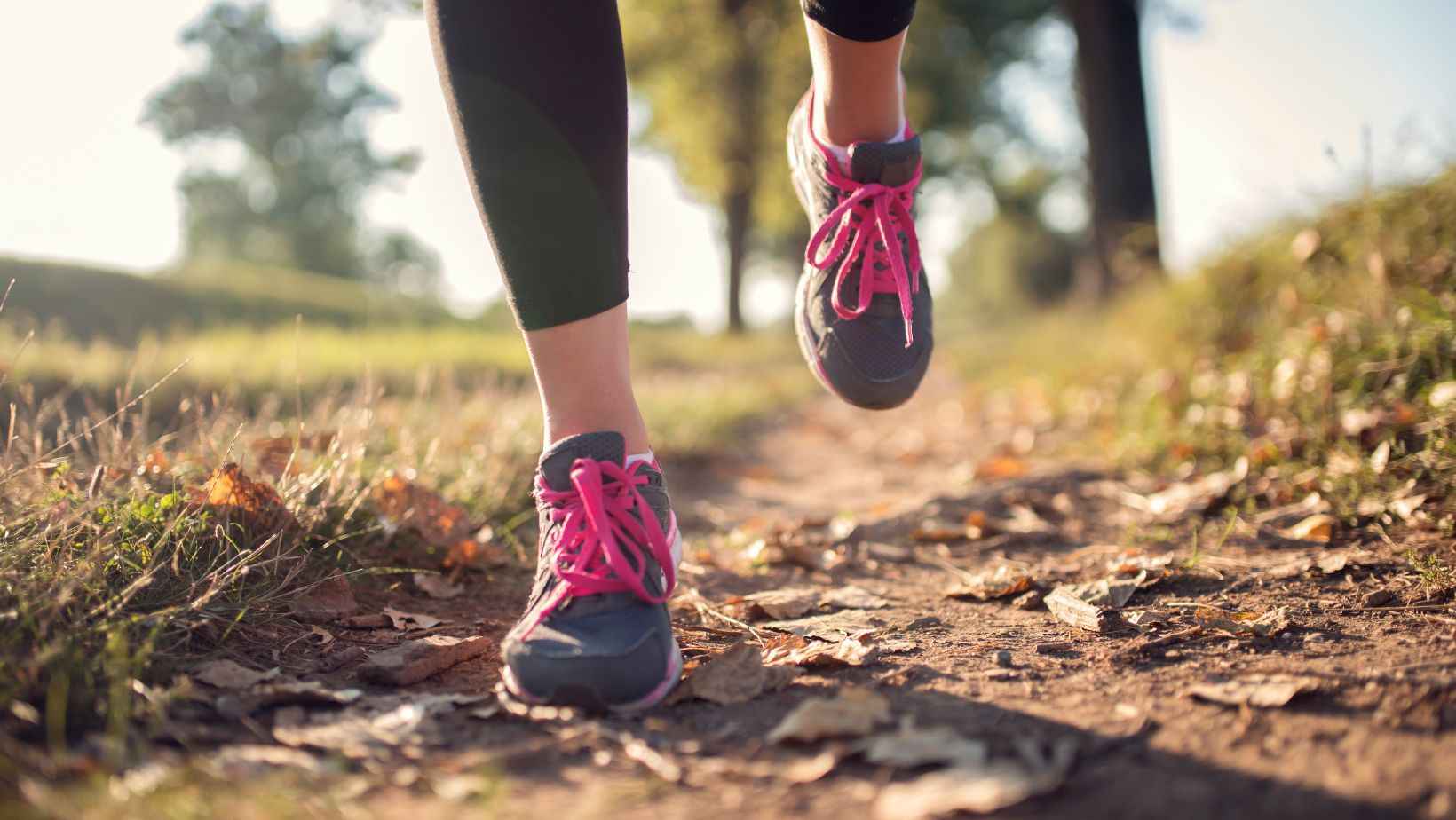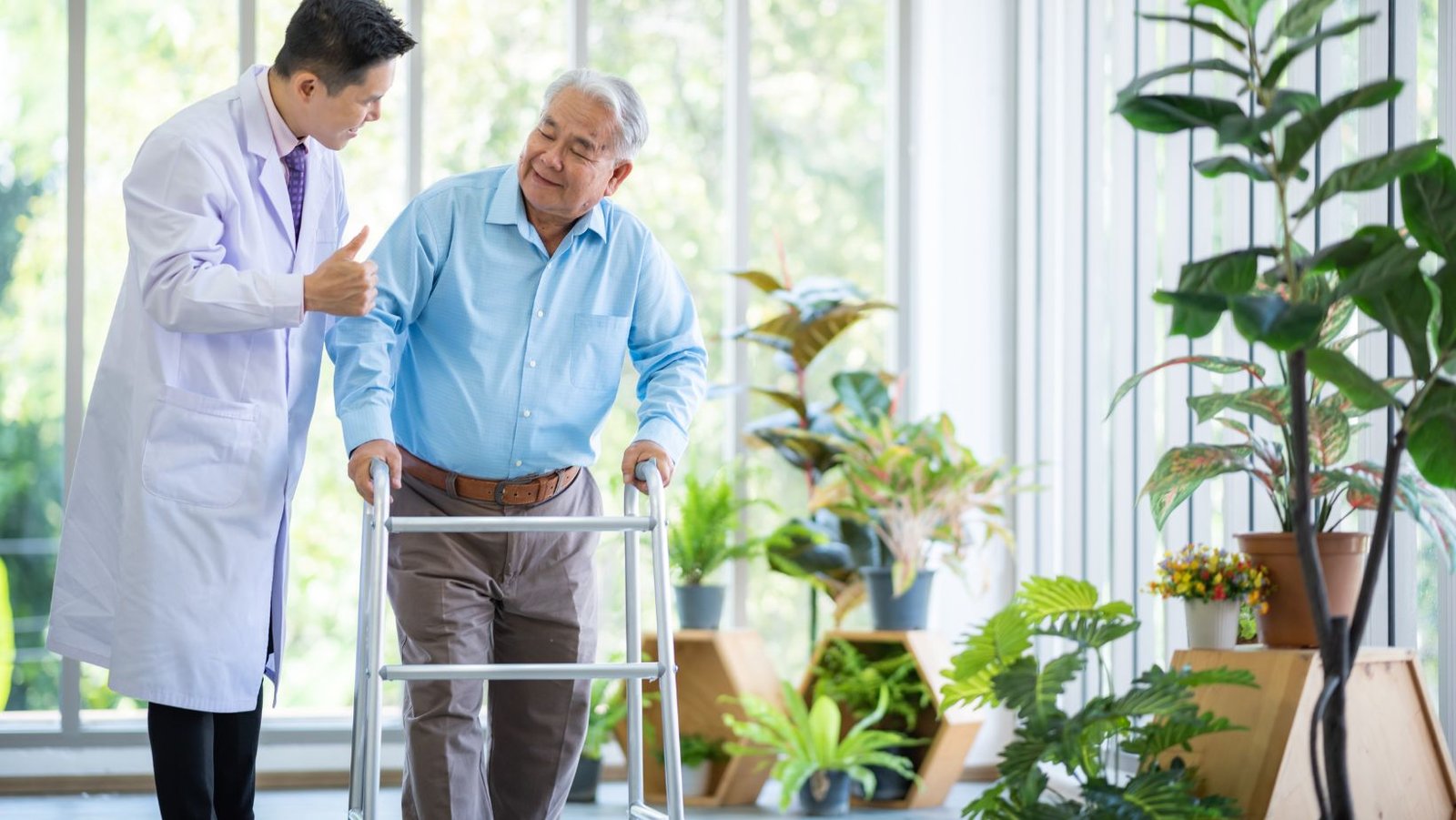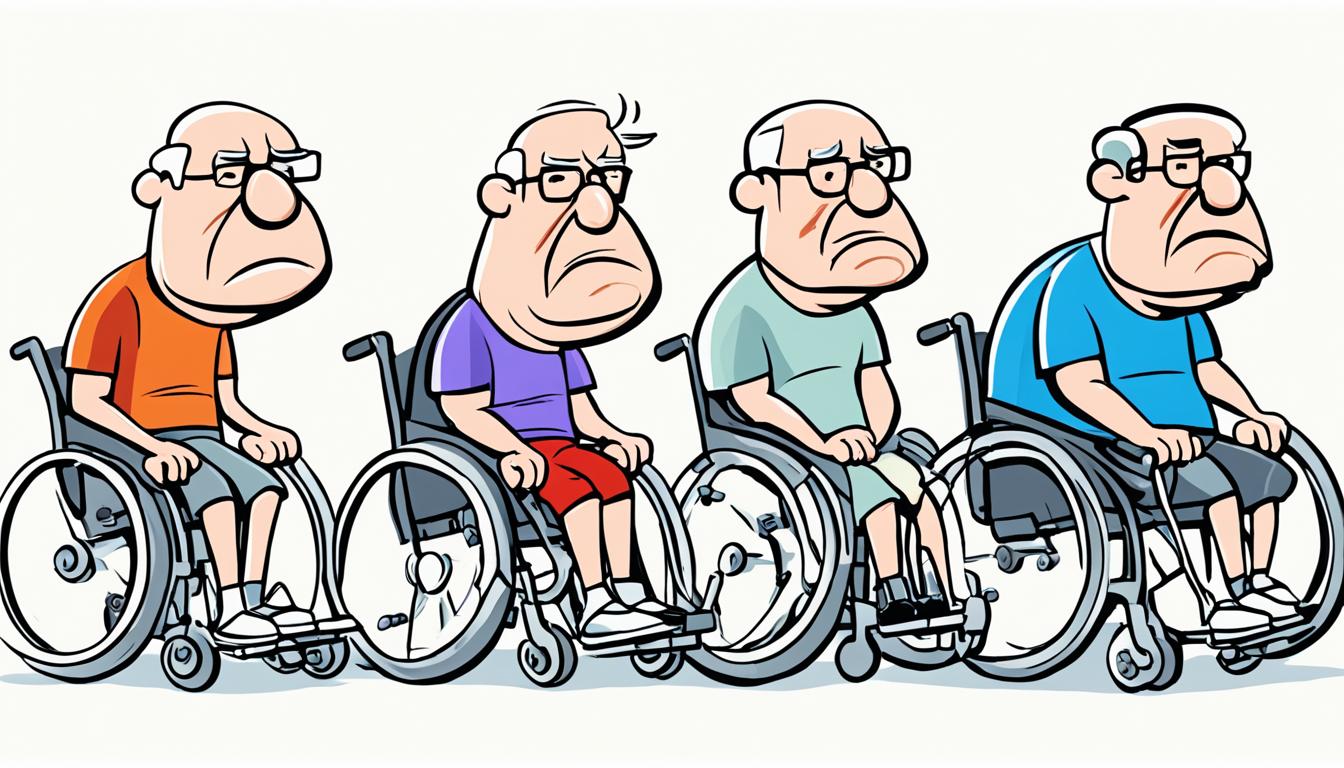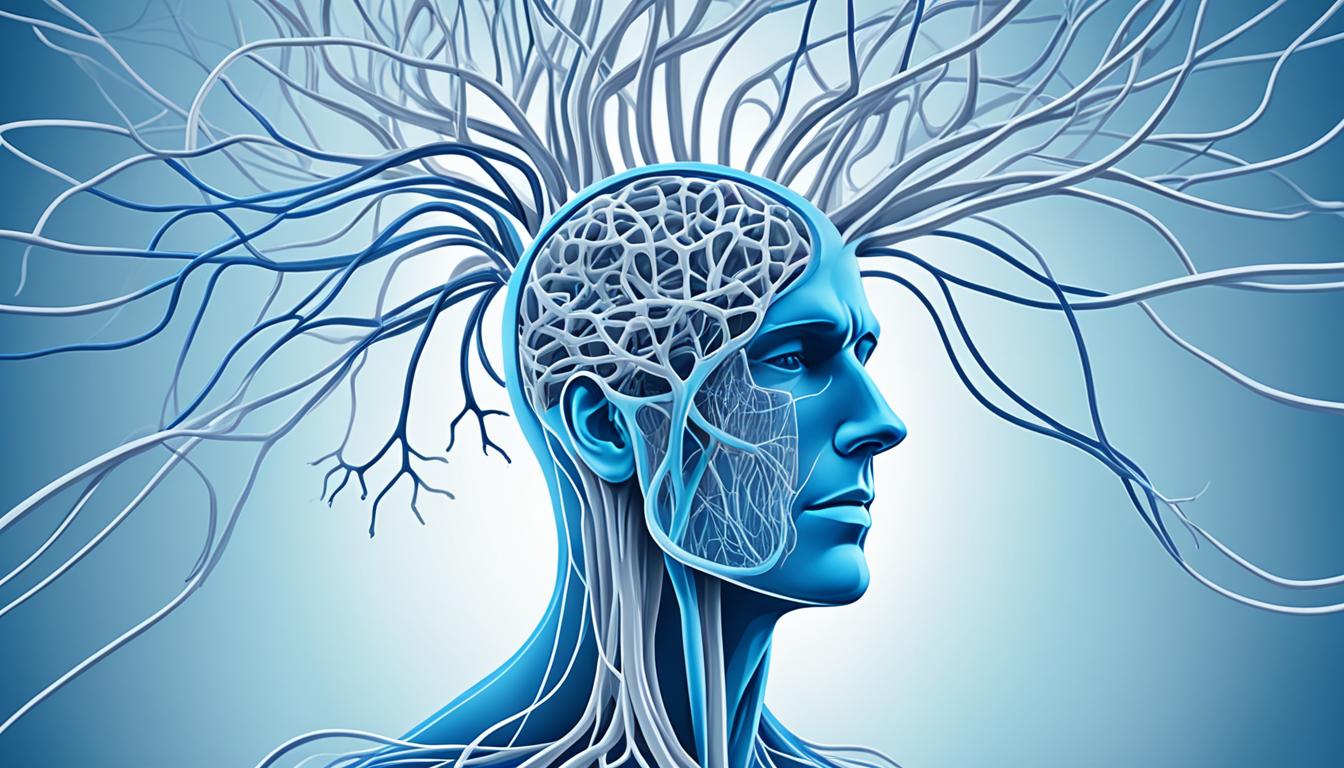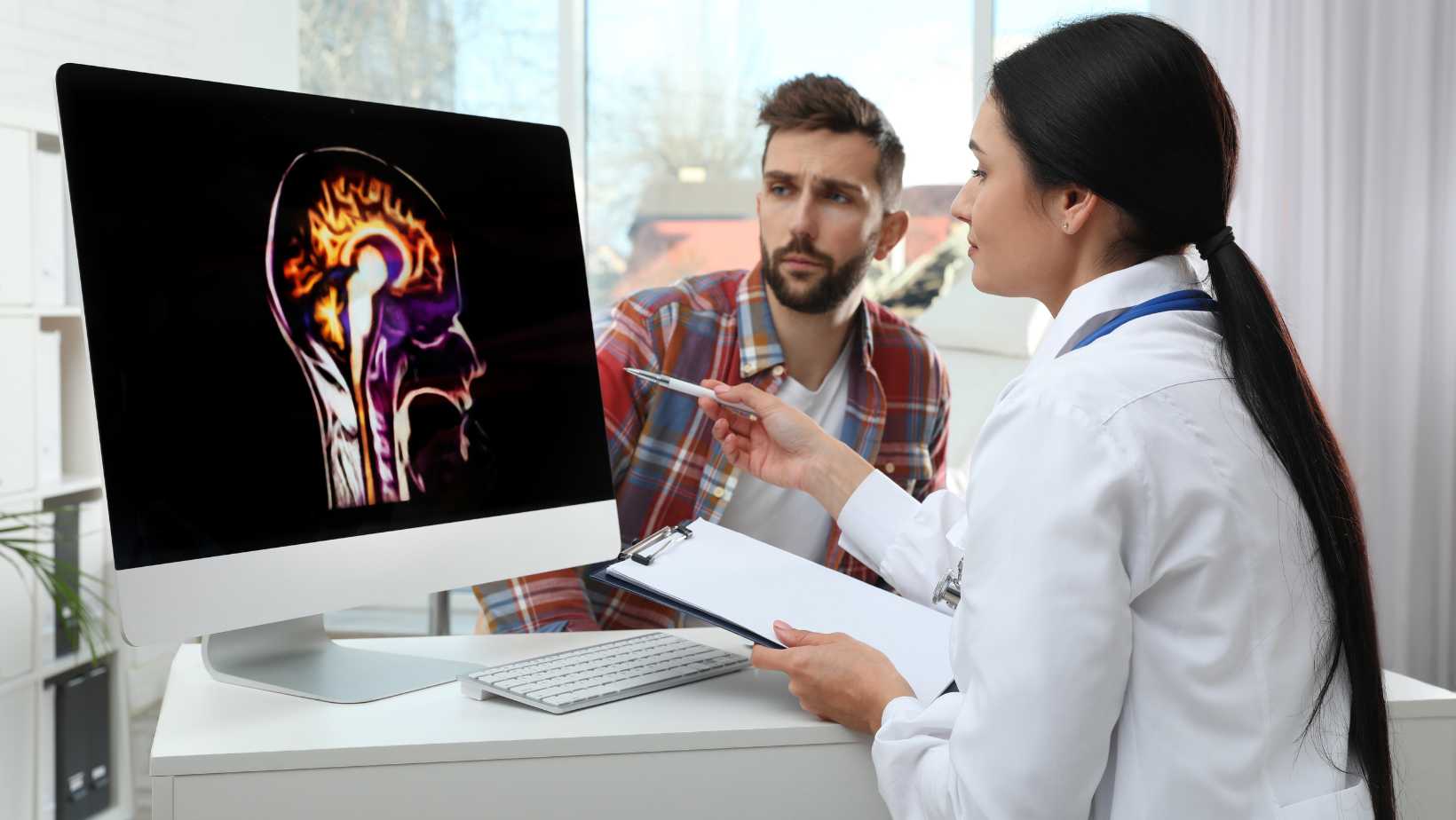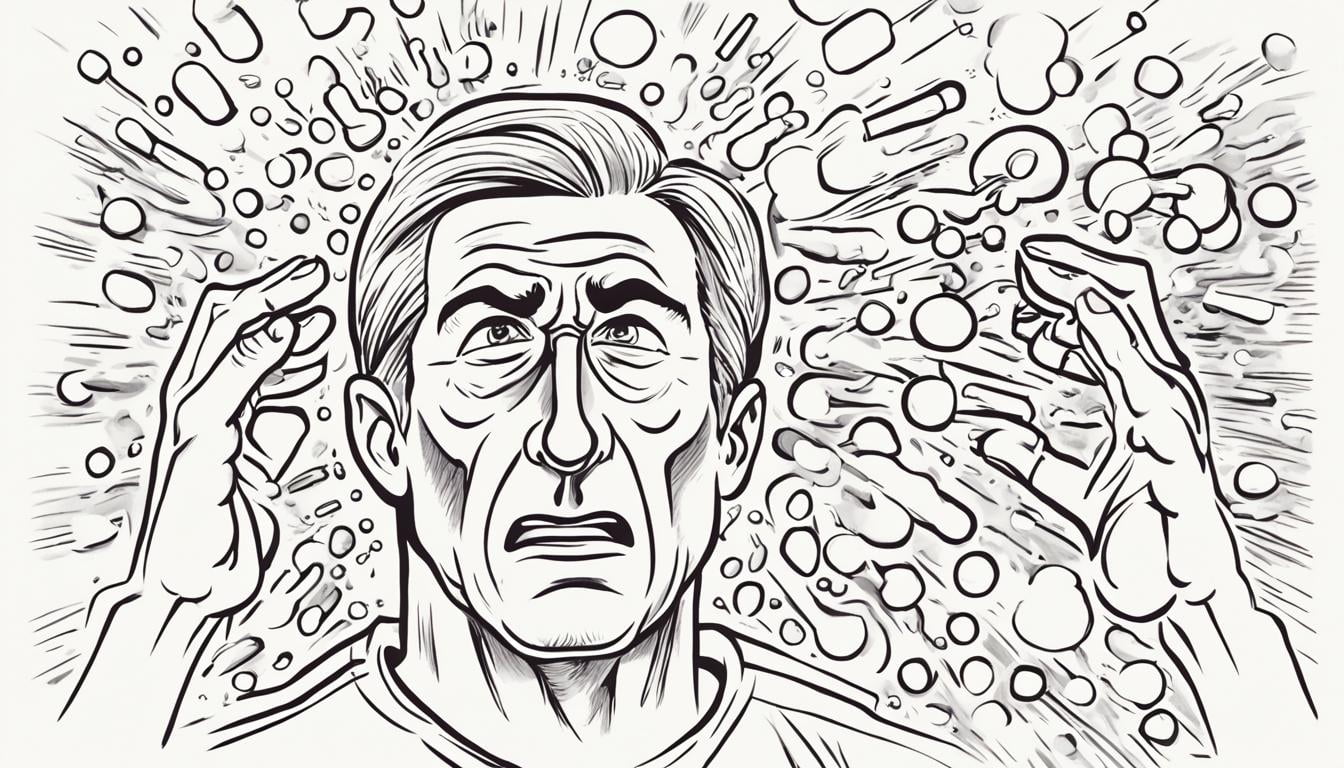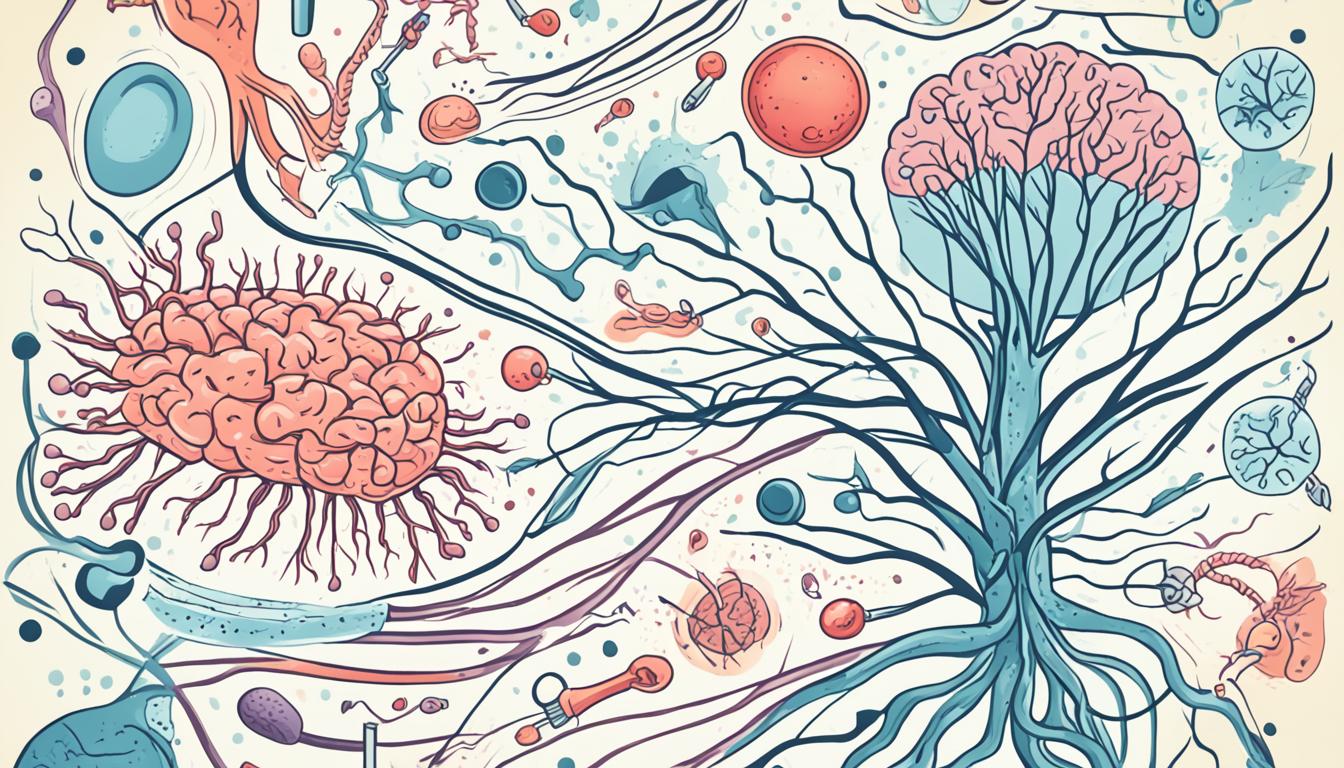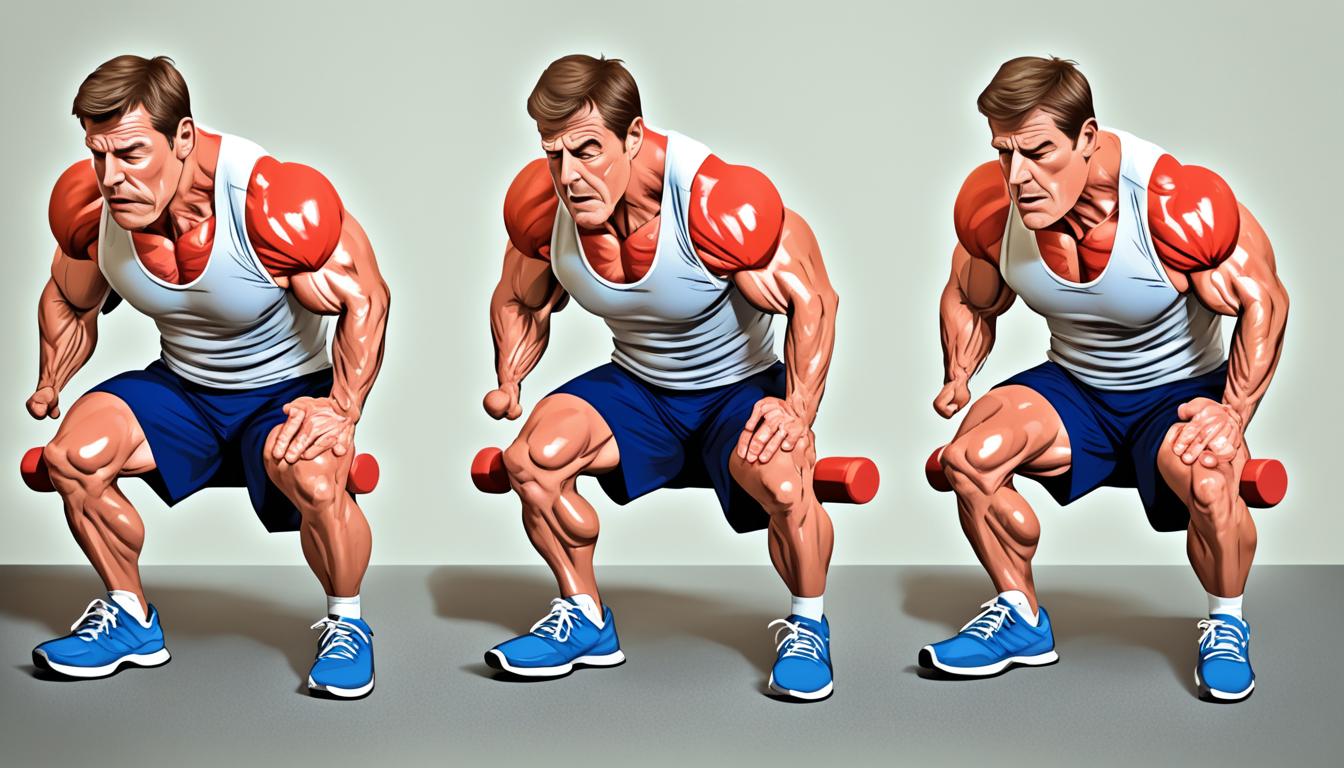Feeling Scared for No Reason? Understanding Anxiety Triggers
Anxiety is a common mental health issue that brings on worry, fear, and unease. It can make your…
Causes of Separation Anxiety: What You Need to Know
Have you ever felt nervous, panicky, or deeply sad when someone you love leaves the house? Maybe…
Anxiety Shaking: Causes and How to Manage It
Anxiety can make you shake and tremble. This is called anxiety shaking. It happens when your body…
An Introduction to Internal Family Systems Therapy
Discover the power of Internal Family Systems (IFS) therapy. It's a way to see the "internal…
Understanding Anxiety Disorder in Children: Key Symptoms
Anxiety disorders are common in many children across the United States. They are marked by ongoing…
Therapy Interventions for Anxiety: What Works Best?
Anxiety affects nearly one in five people in the U.S. each year. While some anxiety is normal, too…
Exploring Types of Cognitive Behavioral Therapy for Mental Health
Cognitive behavioral therapy (CBT) is a key method used by mental health experts. It helps people…
Cognitive Behavioral Therapy For Social Anxiety
Social anxiety, also known as social phobia, affects millions worldwide. It makes people fear…
Cognitive Behavioral Therapy for Anxiety: Techniques and Benefits
At our practice, we know how anxiety can really affect your daily life. Luckily, cognitive…
What is Child Psychology? An Overview for Parents and Educators
For parents and teachers, knowing about child psychology is key to helping kids grow well. It's the…
Top Child Psychology Courses: Start Your Journey Today
Start an exciting journey into child psychology with our top courses. You can learn more about…
Mental Health in Young Adults
We're all becoming more aware of how important mental health is, especially for young adults.…
ACEs Childhood Trauma: Understanding the Impact
Adverse childhood experiences, or ACEs, are a big issue in the U.S. They affect millions of people.…
Building Stronger Communication Skills in Marriage
Ever tried to talk to your partner and ended up feeling more alone?. In our marriages,…
Improving Communication in Marriage: Tips and Strategies
Have you ever felt like your partner just doesn’t get you anymore? Maybe you talk, but it feels…
How to Improve Communication in Marriage: A Practical Guide
Do you ever feel like you and your partner speak different languages, even when you're using the…
Recognizing Anxiety Symptoms in Children: A Checklist for Parents
As parents, we face the challenge of helping our kids with their feelings. Anxiety is a big concern…
Childhood Anxiety Symptoms Checklist: What to Look For
Is your child more clingy than usual? Does bedtime come with tears, or does your child complain of…
Importance of Mental Health Programs for Adults
Your mental health is key to your overall well-being. It includes how you think, feel, and act.…
Exposure Therapy For Social Anxiety
If you're struggling with social anxiety, you're not alone. Millions of people worldwide face this…
Top Family Therapy Techniques: Improving Family Dynamics
Family therapy is a way to help all members of a family talk and work together better. It can…
Symptoms of Childhood Trauma in Adulthood: What to Watch For
Childhood trauma can deeply affect your life, even years later. It can come from abuse, neglect, or…
The Impact of Childhood Trauma: A Closer Look
Childhood trauma is a big issue that often gets overlooked. It can deeply affect a person's…
PTSD and Childhood Trauma: Understanding the Connection
Your experiences, both good and bad, deeply affect your mental health and well-being. The link…
Recognizing Signs of Childhood Trauma: A Guide for Adults
Trauma can deeply affect people, especially when it happens in childhood. As an adult, knowing the…
How to Overcome Childhood Trauma: Tips and Techniques
Childhood shapes who we are and how we see the world. Sadly, some kids face tough times that can…
Examples of Childhood Trauma: Recognizing the Signs
What Is Childhood Trauma? Childhood trauma refers to distressing incidents that compromise a…
Long-Term Effects of Childhood Trauma: What You Should Know
Almost everyone faces trauma at some point in their lives. But what happens when this trauma hits…
Do I Have Childhood Trauma? Key Indicators to Consider
Childhood trauma can come from many sources like abuse, neglect, or traumatic events. This article…
Understanding Early Childhood Trauma: A Comprehensive Guide
As a parent or caregiver, you are key in helping children who have faced early childhood trauma.…
Dealing with Childhood Trauma: Steps to Recovery
Trauma brings strong feelings that don't go away unless you deal with them. If you don't process…
Anxiety from Childhood Trauma: Understanding the Link
Childhood trauma can deeply affect us, especially linking to anxiety disorders later. Trauma…
Exploring Different Types of Music Therapy
Have you ever noticed how a song can change your mood in seconds? Music can make us feel many…
Music Therapy for Depression: How It Can Help
Did you know that 1 in 5 adults in the U.S. live with depression? It's a heavy truth, but what's…
Common Women's Mental Health Issues: What to Know
It's key to understand women's mental health since women often face more mental health issues than…
Statistics on Women's Mental Health: Understanding the Data
Have you ever wondered why more women seem to struggle with sadness, anxiety, or stress? What’s…
Exploring Mental Health in Women: Key Issues and Insights
Your mental health is key to your overall well-being. Yet, it's often overlooked, especially for…
5 Tips for Managing Sleep Apnea Insomnia
Sleep is key for your mind, body, and feelings. But, it's hard to get good sleep if you have…
Effective Solutions for Extreme Sleep Apnea
If you're dealing with severe extreme sleep apnea, you're not alone. This condition means you stop…
How a Pain Doctor Can Help Manage Chronic Pain
If you're dealing with chronic pain, a pain doctor can be a big help. They have the skills and…
Effective Strategies for Comprehensive Pain Management
Chronic pain affects about 15% of people in the US, causing a lot of suffering and high healthcare…
Natural Pain Relief: Safe and Effective Home Remedies
If you're dealing with chronic pain, you're in good company. Millions worldwide face various types…
Effective Treatments for severe neck pain and headache base of skull
Neck pain and headaches can really slow you down. They might come from infections, stress, or other…
How to Cope with Central Pain Syndrome
Living with central pain syndrome is tough and can really slow you down. This condition happens…
How to Relieve Carpal Tunnel Pain Naturally
Are your fingers tingling? Do your wrists feel sore after a long day at work? If yes, you might be…
Natural and Easy Knee Pain Treatment At Home
Knee pain is a common issue that can often be managed at home. This article will show you natural…
5 Effective Strategies for Sleep Maintenance Insomnia Relief
Insomnia is a common sleep issue that makes it hard to fall asleep or stay asleep. If you're having…
How an Apnea Mouthpiece Can Help You Sleep Better
If you have trouble sleeping because of obstructive sleep apnea (OSA), an apnea mouthpiece might be…
5 Top Strategies for Middle Back Pain Relief
Middle back pain, also known as thoracic spine discomfort, can really get in the way of your daily…
4 Strategies for Better Sleep with Hypothyroidism
Hypothyroidism and sleep problems are common but rarely addressed with depth. People with an…
7 Tips to Manage Alzheimer’s and Parkinson’s
Dealing with Alzheimer's and Parkinson's can feel overwhelming. But, with the right strategies, you…
Radial Nerve Palsy Treatment: Modern Approaches for Recovery
Are you or a loved one dealing with radial nerve palsy (RNP)? This condition makes grip strength…
Lambert Eaton Myasthenic Syndrome: Symptoms, Causes, and Treatment
Lambert-Eaton myasthenic syndrome (LEMS) is a rare problem that affects how nerves and muscles…
Effective Treatment of Lambert Eaton Myasthenic Syndrome
Lambert-Eaton myasthenic syndrome (LEMS) is a rare autoimmune disorder. It impacts the connection…
Hemiplegia Treatment: Approaches and Therapies
Hemiplegia is a severe problem that happens after brain or spine injury. It makes one side of the…
What is Concussion Symptoms?
A concussion is a light traumatic brain injury that impacts the brain function. This leads to…
Effective Myasthenia Gravis Treatments: A Comprehensive Guide
Myasthenia gravis is a health issue where the body attacks itself by mistake. It leads to muscle…
Radial Nerve Palsy: Understanding This Nerve Condition
Feeling numb, weak, or uncoordinated in your arm, wrist, and hand? It might be radial nerve palsy.…
What Is Tardive Dyskinesia? Understanding This Neurological Condition
Tardive dyskinesia (TD) is an involuntary movement disorder. It's caused by taking specific drugs…
What Is Syringomyelia? An Overview of This Spinal Cord Disorder
Have you ever felt odd numbness in your arms, sudden weakness, or strange headaches with no clear…
Understanding Tarlov Cyst Disease: Symptoms and Treatments
If you've been diagnosed with tarlov cyst disease, you might feel lost about what to do next. If…
What Is Tourette Syndrome? Understanding This Neurological Disorder
Tourette syndrome (TS) is a neurological disorder. It causes sudden and uncontrollable movements or…
What is Hemiplegia? Defining the Condition
If you or a loved one have hemiplegia, it's crucial to know about this condition. Hemiplegia comes…
Creutzfeldt-Jakob disease (CJD) causes
Creutzfeldt-Jakob disease (CJD) is a rare brain disorder. It's caused by abnormal proteins called…
Creutzfeldt Jakob Disease Symptoms
Have you ever heard of a disease that can steal a person’s mind in a matter of months? Imagine…
Ischemic Stroke Management Guidelines: Best Practices and Recommendations
Acute ischemic stroke (AIS) is a severe illness. It can cause serious disability and has a high…
Effective Treatments for Ischemic Stroke: Modern Approaches
Ischemic stroke is a major cause of disability and death globally, comprising most stroke cases. A…
Causes of Ischemic Stroke: Risk Factors and Prevention
Ischemic stroke is the top type of stroke, making up about 87% of all cases. It is caused by a…
Exploring the Pseudotumor Cerebri Causes: Why It Develops
Pseudotumor cerebri, or idiopathic intracranial hypertension, is when the skull's pressure rises.…
What Is Stiff Person Syndrome? A Rare Neurological Condition
Stiff person syndrome (SPS) is a rare, challenging to understand neurological disorder. It leads to…
Understanding Compression of the Spinal Cord: Key Facts
Facing compression of the spinal cord can feel overwhelming. But learning the main points helps…
What Is Spinal Stenosis? A Comprehensive Overview
Spinal stenosis happens when nerve roots get pressed in the spine. This often causes pain,…
What Is Reye’s Syndrome? An Overview of This Rare Condition
If you have a child or teenager, knowing about Reye's syndrome is critical. Reye's syndrome mostly…
How I Cured My Sjogren's Syndrome: Personal Experiences and Insights
What is Sjogren’s Syndrome Sjogren's syndrome is a chronic autoimmune disorder where the immune…
What Causes Sjogren’s Syndrome? Exploring the Underlying Mechanisms
Have you ever wondered why some people suddenly develop dry eyes, a dry mouth, and feel tired all…
Understand Disease Neurofibromatosis Types: Symptoms, Causes, and Treatment
Neurofibromatosis is a group of three genetic disorders leading to nerve tumors. These types…
Effective Lumbar Radiculopathy Treatment Options
Lumbar radiculopathy, or sciatica, affects around 5% of Americans. It is when a spinal nerve root…
Understand Lumbar Radiculopathy: An Overview
Lumbar radiculopathy brings pain, numbness, and weakness to the lower back and legs. It's a common…
Top Lumbar Radiculopathy Exercises for Pain Relieve
Lumbar radiculopathy exercises are one of the most effective ways to reduce lower back pain caused…
Drugs That Cause Myoclonus: What You Need to Know
Understanding Myoclonus What is Myoclonus? Myoclonus is sudden jerks in your body. Myoclonus is…
What is Myoclonus? A Comprehensive Guide
Myoclonus is a unique and puzzling movement issue. It's marked by quick, sudden muscle movements…
What is Hereditary Spastic Paraplegia? An Overview
Hereditary spastic paraplegia (HSP), or familial spastic paraparesis, is a group of inherited…
Signs and Symptoms of Hemiplegia: What to Look For
If you see signs of hemiplegia in you or someone you love, it's key to know what's going on.…
What is Neuropathy? An Overview
Neuropathy is when your nerves are damaged or not working right. It often affects the peripheral…
Understand Landau Kleffner Syndrome: Overview and Key Facts
Have you ever seen a child suddenly stop talking or act like they don’t understand you anymore? For…
Understand Muscular Dystrophy Symptoms
Muscular dystrophy is a set of genetic diseases that make your skeletal muscles weaker over time.…
Multiple System Atrophy Symptoms: Recognizing Early Signs
Multiple system atrophy (MSA) is a rare disease that affects the brain and spinal cord. It leads to…
Multiple Sclerosis Medication: Types and Benefits
Multiple sclerosis (MS) is a long-lasting disease that affects the body's immune system. It…
Multiple Sclerosis Treatments: Therapeutic Approaches
Multiple sclerosis, or MS, is a long-term autoimmune disease. It affects the brain and spinal cord,…
What is Multiple Sclerosis? Exploring the Condition
Multiple sclerosis (MS) is a common disease that affects young adults. Its symptoms usually start…
Multiple Sclerosis Symptoms: Understanding the Signs
Multiple sclerosis (MS) is a complex disorder that affects the nervous system. It can change your…
Mitochondrial Inheritance Diseases: Overview and Key Aspects
Mitochondrial inheritance diseases are a type of genetic issue. They affect the energy production…
Moyamoya Disease Treatment: Options and Advances
Moyamoya disease is a rare but serious disorder of the brain's arteries. It causes them to narrow…
Meningitis Symptoms: Signs and Indicators
Meningitis is an infection that causes inflammation in the brain and spinal cord's protective…
Exploring Miller Fisher Syndrome: Symptoms and Treatment options
Miller Fisher syndrome is a rare disease where nerves are attacked. It's like a type of…
What is Myasthenia Gravis? An Overview
Myasthenia gravis is a long-lasting neuromuscular disease. It makes voluntary muscles weaker. This…
Treatment Options for Hydrocephalus: What You Need to Know
If you've been diagnosed with hydrocephalus, you're looking for treatment info. This condition…
What is Encephalitis? An In-Depth Overview
If you're worried about encephalitis, you're not alone. It's a serious brain condition that needs…
What is Paraneoplastic Syndrome? Understanding This Rare Condition
If you've faced cancer, the term "paraneoplastic syndrome" might have come up. It's a rare group of…
What is Polymyositis? Understanding This Inflammatory Muscle Disease
Do you have mysterious muscle weakness and feel tired all the time? You might be curious about…

